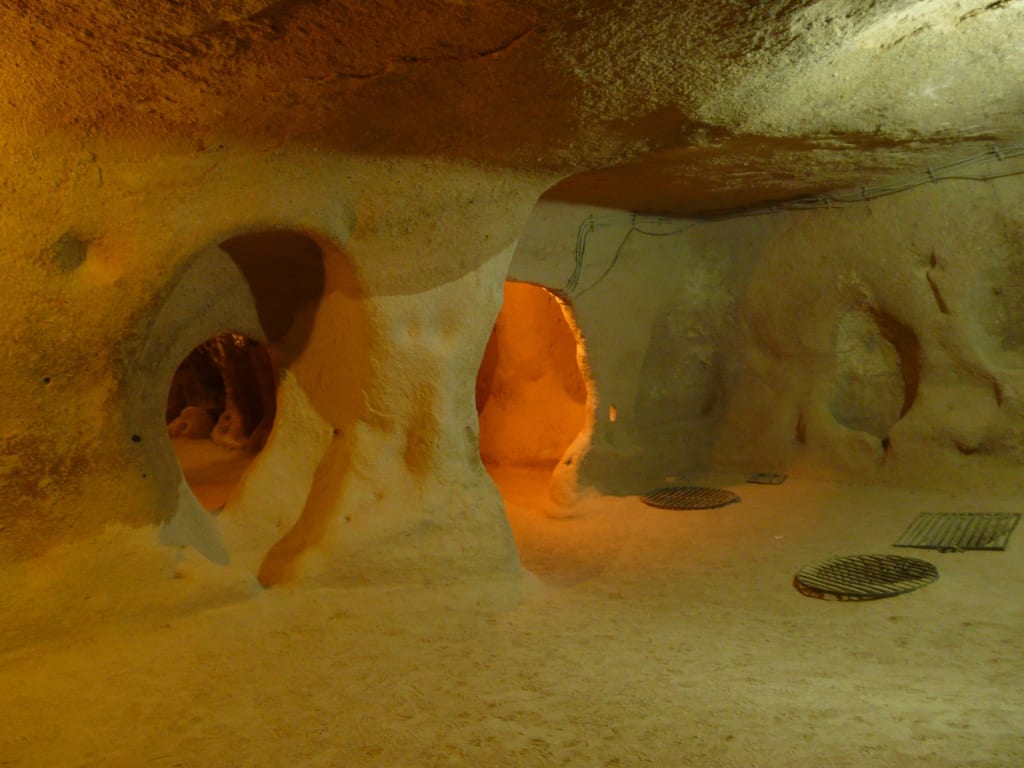Rethinking Urban Living: Earth Scrapers and the Future of Sustainable Cities
Revolutionizing Urban Architecture for a Sustainable Future

Urban sprawl has become a disheartening reality as we battle traffic and sludge our way through concrete jungles on our daily commutes. The unbridled expansion of cities has unleashed a slew of nasty consequences for both people and the planet. According to the UN, it is predicted that by 2050, 68% of the global population will reside in cities. With such rapid urbanization, it is high time we reevaluate how we build our cities and explore innovative solutions that can address the negative impacts of urban sprawl.
One of the most significant consequences of urban sprawl is the destruction of precious ecosystems and the loss of biodiversity. As cities expand, pristine wilderness areas are demolished, leading to a decline in wildlife populations and the destruction of habitats. The World Wildlife Fund reports that habitat loss is the primary peril for 85% of all threatened species. It is crucial to find ways to preserve these ecosystems while accommodating urban growth.
Furthermore, the increasing demands of cities for water, energy, and raw materials contribute to higher levels of air, water, and soil pollution. Urban air pollution alone is responsible for approximately 240,000 premature deaths in the EU each year. However, there is a silver lining as many European cities have been actively working to reduce emissions and improve air quality, leading to a decline in pollution-related deaths over the past decade.
Urban sprawl not only leads to environmental issues but also negatively impacts our quality of life. Lengthy commutes, traffic congestion, and air pollution tarnish our overall well-being. On average, Americans waste 54 hours per year stuck in traffic. Additionally, the expansion of cities threatens the limited green spaces within urban areas. Parks and gardens provide numerous benefits, such as mental health boosts, cleaner air, and opportunities for exercise. Unfortunately, these green spaces are often sacrificed to make room for new developments.
Skyscrapers were once hailed as a remedy for urban sprawl, offering vertical solutions to maximize floor space. However, they come with their own set of challenges. Skyscrapers are expensive to maintain and consume up to 70% more energy per square meter than low-rise buildings. They cast long shadows, darkening city spaces, and create wind tunnel effects, making adjacent streets unappealing for pedestrians.
To counter these challenges, architects have started exploring alternative solutions inspired by the Earth itself. Enter the concept of Earth scrapers. Earth scrapers turn the traditional concept of skyscrapers on its head by burrowing deep into the ground, creating subterranean spaces for various purposes. While the idea of Earth scrapers is not new, advancements in technology and engineering now allow for even deeper excavation and construction.
One ancient example of subterranean living is the underground city of Derinkuyu in Turkey, built around the 8th Century BC. Carved into pliable volcanic rock, this underground labyrinth housed communities of up to 20,000 residents. Today, with modern techniques, architects and engineers can delve even deeper into the Earth, constructing subterranean megastructures.
Building Earth scrapers presents unique challenges, particularly ensuring structural stability. Reinforced concrete, known for its sturdiness and longevity, is widely employed in these projects. Additionally, cutting-edge techniques such as soil nailing and deep soil mixing are used to blend the existing soil with cement, providing further reinforcement.
Lighting is another important aspect to consider in Earth scraper design. Architects utilize techniques like light wells, mirrors, and fiber optic cables to channel natural sunlight into the depths of these structures. Incorporating green spaces and indoor gardens not only enhances aesthetics but also improves air quality and overall well-being. Energy efficiency is prioritized, with Earth scrapers tapping into geothermal power through heat tubes to harness the Earth's natural warmth.
Earth scrapers offer numerous advantages beyond their environmental and energy benefits. These subterranean structures can help preserve valuable surface land for parks, gardens, and agricultural purposes. By maximizing vertical space, they can accommodate larger populations without sprawling outwards. Additionally, the underground nature of these structures provides protection against extreme weather events, reducing vulnerability and ensuring safety for residents.
While Earth scrapers are a promising solution, they are not a one-size-fits-all answer to urban sprawl. Their implementation depends on various factors, such as geological conditions, available technology, and local regulations. However, incorporating these innovative approaches into urban planning can pave the way for a more sustainable and livable future.
As we face the challenges of rapid urbanization and its detrimental effects, rethinking the way we build cities becomes imperative. Earth scrapers offer a unique opportunity to revolutionize urban architecture, taking us underground to create sustainable and vibrant communities. By preserving precious ecosystems, reducing pollution, and improving quality of life, these subterranean structures can reshape our cities and lead us toward a greener, more sustainable future. It's time to dig deep and explore the potential of Earth scrapers in our quest for urban transformation.





Comments
There are no comments for this story
Be the first to respond and start the conversation.